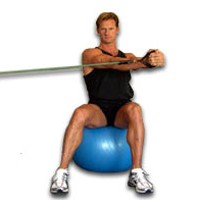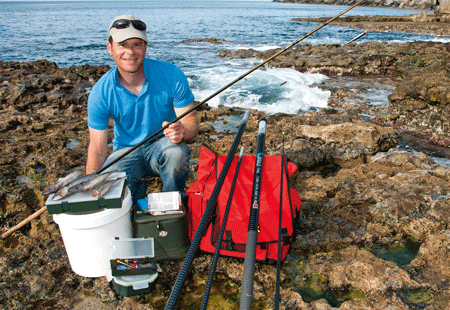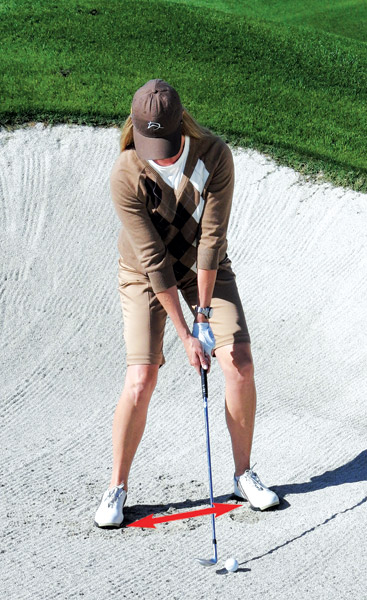New To Synthetic Ice? Take A Free Skating Lesson Right Here!
So maybe you are thinking about buying synthetic ice, or going into the business of operating a synthetic ice rink or training center. People who have never skated on synthetic ice really don't know what to expect. This article is intended to provide accurate advice and a few tips to get the most out of your skating experience. So let's get it right out there upfront. Synthetic ice is not real ice. The experience is different. That doesn't have to mean its not good, its just means that it's different. I always think it's a good idea to try to manage skaters' expectations. If they are a beginner then I have one conversation, if they are a stronger skater then it's another conversation. I know there are websites out there that make some pretty bold claims such as synthetic ice is the same as real ice. Well the truth of the matter is that it's not the same. There are certainly good products and really poor ones. The better products can be skated on. But I have seen accomplished skaters do very poorly on synthetic ice for the first time. I have seen accomplished skaters look exceptional on synthetic ice as well. In general though, the better the skater the easier the transition to synthetic ice is. For kids and adults I often see a massive transformation within five minutes of being on synthetic ice for the first time. If a skater is weak on real ice then synthetic ice is probably not going to make it any easier. That said the beginner may feel more confident on synthetic because it won't be as slippery. Typically though a beginner struggles more because they have no idea how to take a simple stride, no one has ever shown them. So that's a good place to start.
I usually like to start with a simple "T" push start where one skate toe is pointing forward and the other toe is pointing to the side - forming a "T" with the skates. Then the back leg and skate is loaded with more weight just as you push forward with that loaded leg and foot. That should propel the skater forward in a straight line. Until you have that one motion figured out from both sides there is really no point in trying to do more. This simple move teaches the skater that they need to make a connection between their hip, knee, ankle, and toe. Through many trials from a dead stop I have seen skaters go from an initial push of only a few feet all the way up to 35 feet with a single push on synthetic ice. After this simple lesson and once the skater can do this with some competency on both sides, then I usually will teach them stride recovery. So after the "T" push, the pushing leg and foot recovers back to a position where it's once again alongside the glide foot and leg. Some skaters are very "choppy" - we call that skating on "railroad tracks" because they never fully recover their stride and therefore never maximize their efficiency. Some skaters look effortless yet they move faster, its generally because they have a powerful and efficient stride - the foot extends all the way out, but also recovers all or most of the way back in before taking the next stride with the other leg.
Another way to work on this stride motion is to just stay in one spot with the knees bent so they are over the toes, the back is straight, and the head is up. The feet are almost together. This posture is almost like a sitting position. Once in this position, refer to the previous instruction about the stride and the stride recovery. In that still position, strike out with your right leg moving it back on a 45 degree angle, but not yet digging in. The skate blade is just grazing the surface and you remain stationary. Pause for a brief instance and then fully recover that leg and foot until its back at the starting position. This is a full stride and then a full stride recovery. Remember to keep the posture the same during this motion - knees remain bent, back is straight and head is up and eyes looking forward, not down. Then repeat the same motion with the left leg. Alternate legs and remember to extend fully and recover fully. Now you are ready to try to move. Starting in the same ready position you can now dig that inside edge of your skate blade into the surface and as you thrust back at that 45 degree angle you should move forward. Now that you can feel resistance its really important to make the connection from your hip, to your knee to your ankle, and finish with a nice strong push with your toes at the end of the stride. All these body parts need to be working together to create a nice strong "snap" in your stride. This is where your power will come from. Try this by alternating each leg until you are moving with more confidence and ease.
Skating is not easy, so don't be too hard on your self. With a little patience and lots of practice you will be moving easily in no time at all - whether it's on real ice or synthetic ice.
Chuck E. Cheeses Ice Skating & Bowling Alley Dubai
Roller Skates Safety


